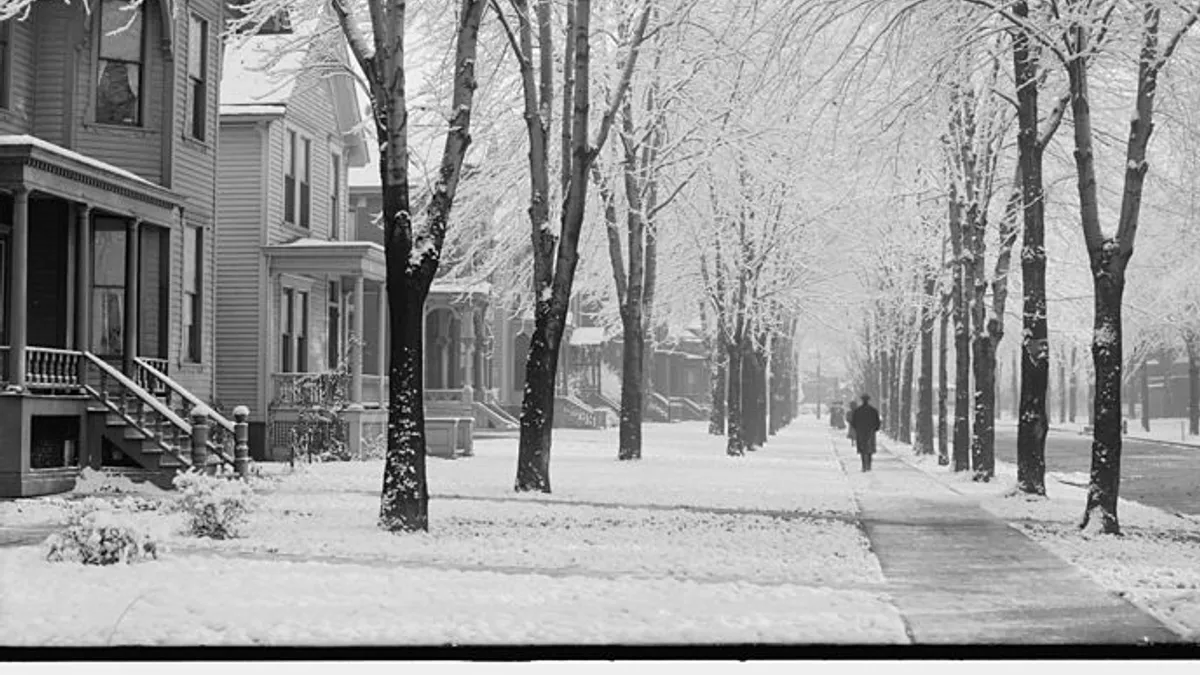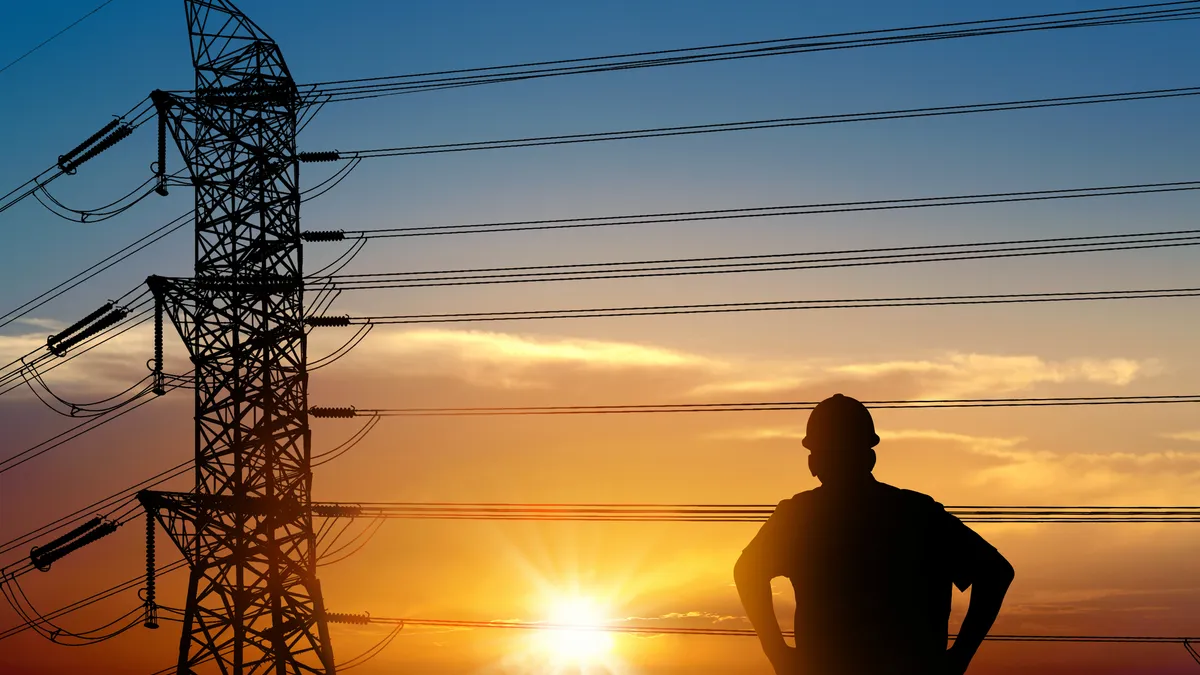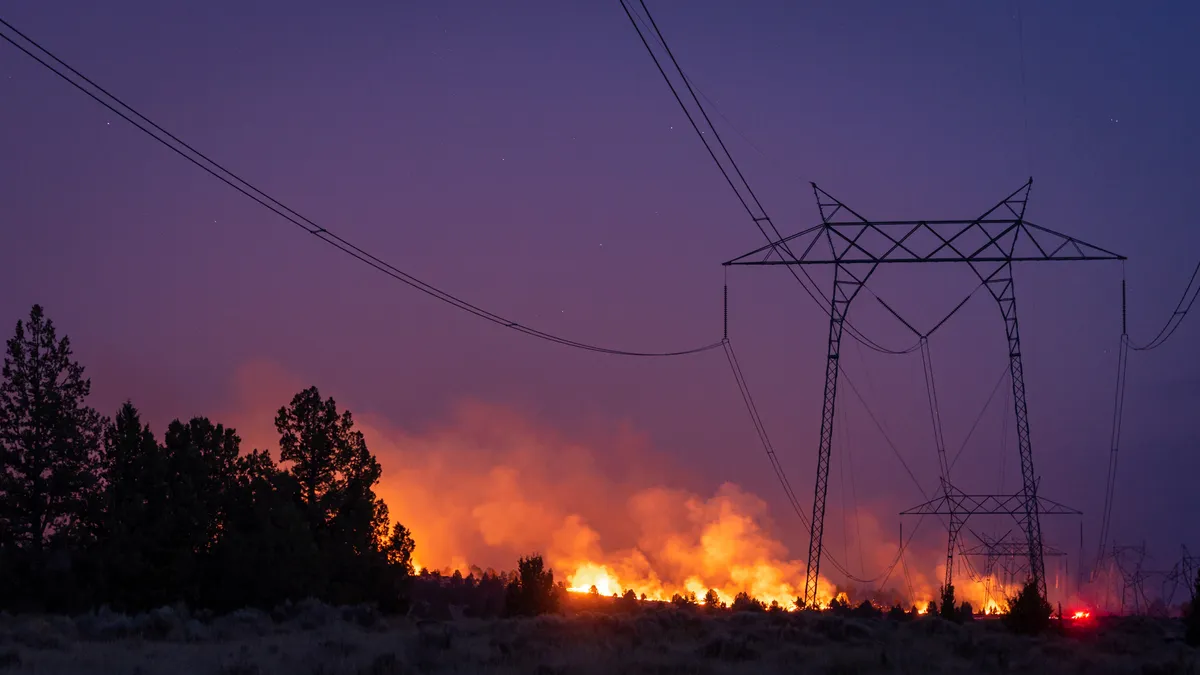Retail electricity prices in 2021 rose at their fastest rate since 2008, the U.S. Energy Information Association (EIA) said Tuesday. The average nominal price increased 4.3% from 2020 to $0.1372/kWh in 2021, and is expected to reach $0.1426/kWh in this year.
That $0.1372/kWh price is the "highest on record," EIA noted, before adding that prices have tended to slowly decline when accounting for inflation.
There are signs that the increases are weighing on consumers in the waning days of winter. On Tuesday, New York Gov. Kathy Hochul, D, directed the state's utilities to assist consumers struggling to pay. "The extreme utility bill increases all of us are seeing are having a serious impact on our household budgets, and in response we are taking action," Hochul said in a statement.
The grid operator for New England on Tuesday warned colder weather, higher demand and spiking natural gas prices "converged in January to push wholesale electricity prices to their highest levels since February 2014."
The rising rates have consumer advocates concerned about growing customer debt and the potential for service shutoffs now that many COVID moratoriums have lapsed.
There is inconsistent data collection by states on past-due utility accounts, known as customer arrears, but experts say they are rising. "The numbers are going up and it's only going to get worse," National Consumer Law Center (NCLC) Senior Policy Analyst John Howat said.
Inflation adds 'insult to injury'
The cost of natural gas for power generation more than doubled in 2021, accounting for much of the rise in electricity prices, according to EIA. Increased investments in distribution and transmission have also contributed, say experts.
Customers already struggling with a global pandemic must now also contend with rising energy prices. And with many states dropping disconnection moratoria, the potential impacts of growing arrears could spiral, say experts.
The National Association of Regulatory Utility Commissioners ceased maintaining a map of disconnection moratoria in 2021, but the last update in September shows a patchwork of mostly expired and voluntary protections.
"Inflation continues to add insult to injury with COVID," said Tyson Slocum, director of Public Citizen's energy program. Rising prices are challenging energy affordability, he said, making it vital for state and federal regulators to focus on protections for low-income consumers.
"We're still in the throes of a pandemic and now facing unprecedented levels of price inflation," Slocum said. "Now is not the time to disconnect people from access to utility service because they can't afford to pay through, sometimes circumstances beyond their control."
Consumer advocates say they need better visibility into arrears and service disconnections in order to understand the scope of the problem, but it is clear that past-due accounts are on the rise.
The Edison Electric Institute, which represents investor-owned utilities, did not respond to questions regarding rising arrears or the potential for disconnections.
NCLC works to make existing rate relief programs more accessible to more people, said Howat. The organization also looks for funding for programs and has pressed for states to collect better data on arrearages and disconnections.
"We need better, more consistent data to really understand what's going on in the field … to inform the design of programs and policies to address energy insecurity that we're seeing," Howat said. "But without data we're limited in that regard."
Billions overdue in Massachusetts
There is some data, however. In Massachusetts, data from investor-owned utilities shows arrearages are on the rise.
For customers in discount rate programs, combined gas and electric arrearages that are 90 days or more late are now about $222 million, compared with $169 million in March 2020, said Howat. The number peaked at $234 million during August 2021, began to decline but has now starting rising again, he said.
For general rate customers, arrears 90 days or more past due are now $336 million, up from $218 million in March 2020.
“So when you add them together, you've got [more than] a half a billion dollars in very serious arrears, just in Massachusetts," said Howat.
“The numbers are going up and it's only going to get worse," he added, noting a 2-6 month lag between wholesale price increases and retail bill spikes.
"On the electric side, while there may be a slight lag in the pass-through of increased wholesale market prices to retail customers, we know the hammer is coming down and there will be suffering and there will be increased disconnections, and we'll see more and more households forgoing necessities," Howat said.
Eversource, the largest electric utility in Massachusetts, said it offers a variety of payment assistance options for customers struggling to pay, including budget billing and programs to help lower monthly bills or reduce past due balances. And the utility said there are a variety of restrictions on utility disconnections in place.
"We went into this winter with the price of natural gas about 20% higher than last winter due to an increase in demand and extreme weather in gas-producing states in the U.S. that further constrained supply," the utility said in a statement. "As approximately half of the region's electricity is generated using natural gas, we have seen an increase in electricity costs as well."
Gas prices, grid investments drive up customer bills
EIA data shows the cost of natural gas delivered to U.S. power plants in 2021 averaged $4.98/MMBtu — more than twice the 2020 average of $2.32/MMBtu.
The American Public Power Association (APPA) says its members have seen "some small growth in rates for the last several years." A sample of rates showed increases of about 2% in 2021, the group said.
The rising cost of fuels is definitely a factor, said APPA Director of Policy Research and Analysis Paul Zummo. But rising distribution and transmission costs are also a factor.
"We're seeing some increases in transmission costs in the [regional transmission organization] and [independent system operator] markets, and so that's factoring into these increased electric rates over the last several years," Zummo said.
Public Citizen's Slocum agreed that rising distribution and transmission costs are a factor.
"I know the popular narrative is we don't invest in transmission and we don't invest in reliability, but actually utilities do," Slocum said. "There are constant transmission upgrades. Some of this is affected by increased storm activity and some of it is more routine, but you know, it is a big driver of the retail price increases."
More pain ahead
There may not be much immediate relief for consumers, according to David Springe, executive director of the National Association of State Utility Consumer Advocates.
"I can't say I've heard much from the membership about shutoffs and arrearages being incrementally worse due to recent electricity price increases," Springe said in an email. "But, given the extremely high level of arrearages from COVID, and the post[-]pandemic shut-offs where moratoriums have been lifted, any incremental increase in shut-offs may just be masked."
Springe said that right now he is more concerned with high residential gas bills over this winter, and how those impacts will play out in the months ahead.
"Going into winter, most utilities were increasing the gas portion of the heating bill substantially. I think in New Hampshire it was a 70% increase," Springe said. "I don't know that we've seen the arrearage and shutoff impact from those bills yet, since it's still winter. It could be a difficult spring."























